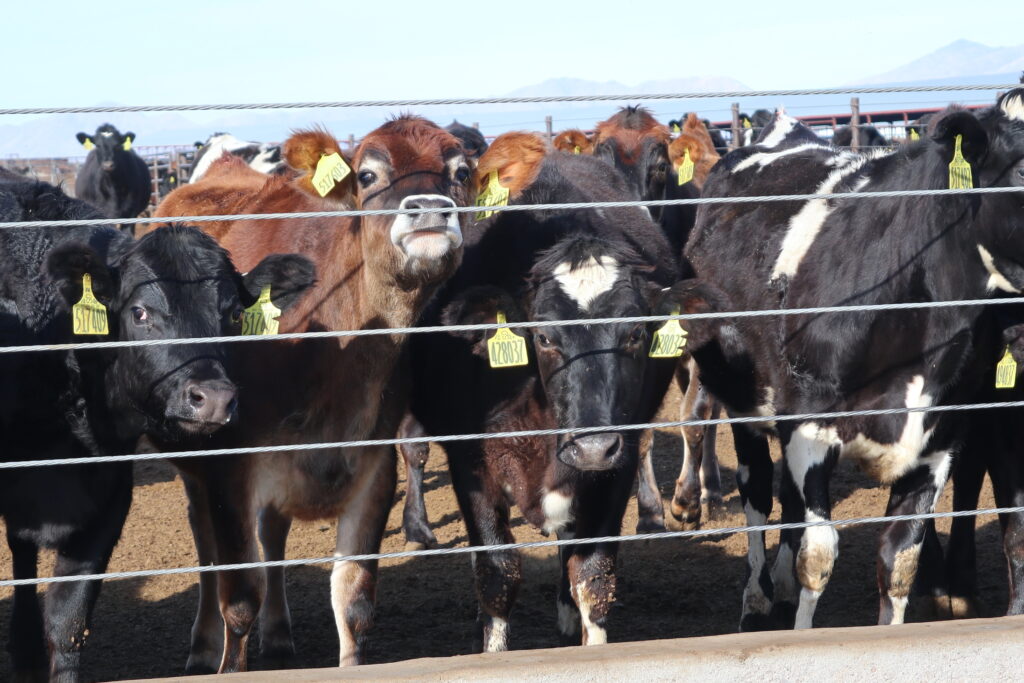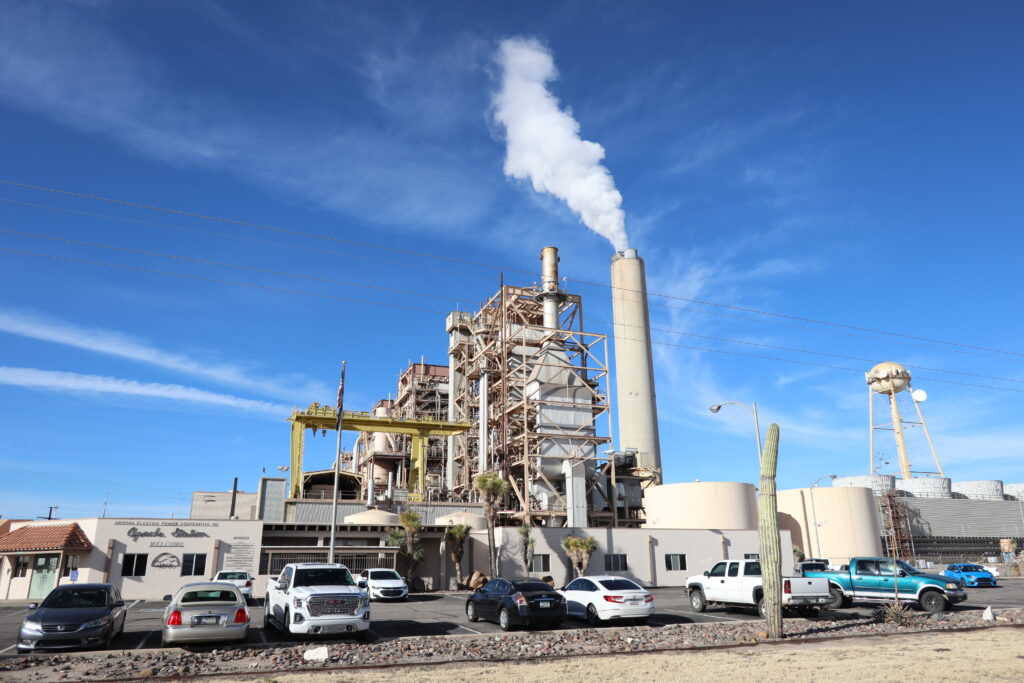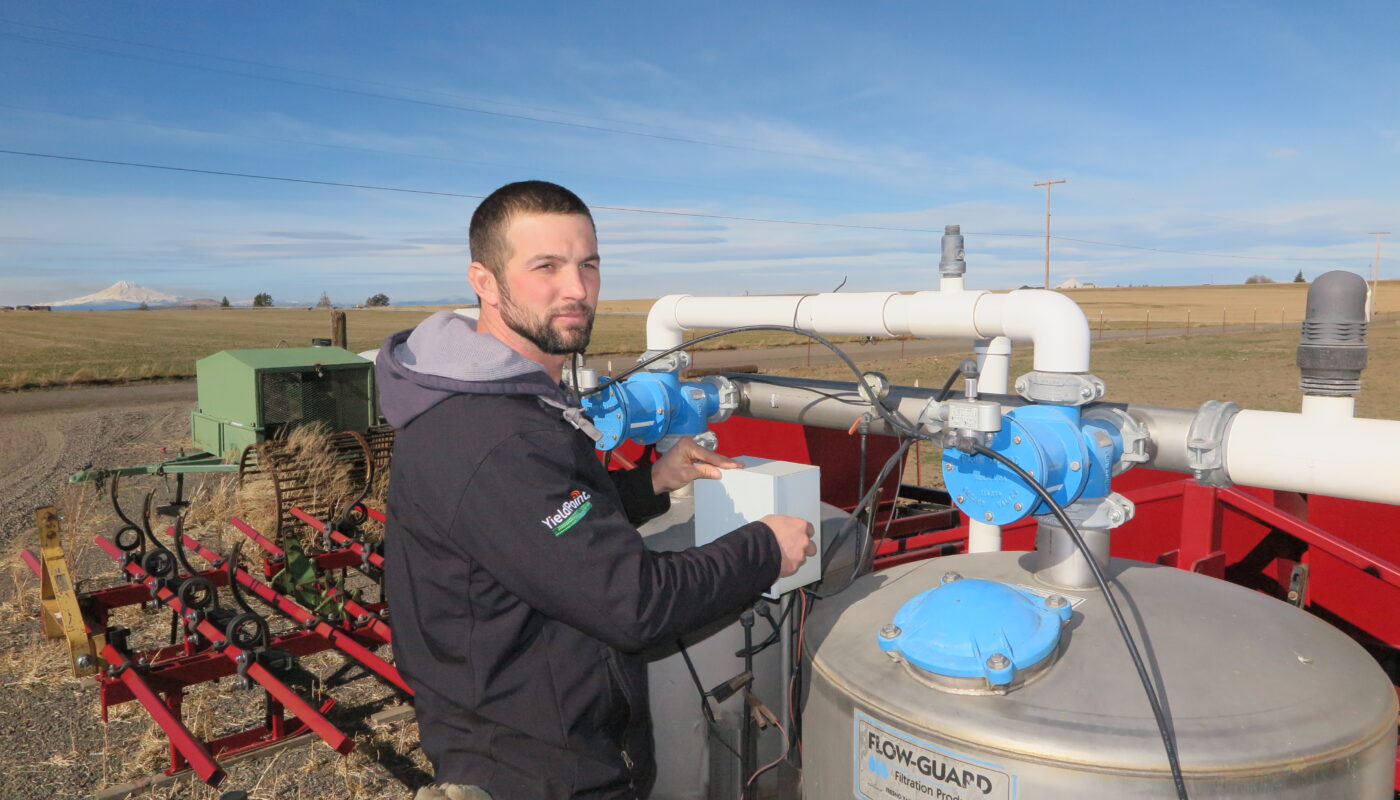
With the exception of federal and state programs to convert corn into ethanol and soybeans into biodiesel to fuel cars and trucks the United States has never regarded farming as a primary energy producer.
That changed when Congress passed the climate provisions of the Inflation Reduction Act last August. The law provides $140 billion in tax incentives, direct loans, and grants to replace fossil fuels with cleaner renewable energy that lowers emissions of carbon dioxide.
Along with the wind and the sun, the raw materials for a significant portion of that energy is directed at agriculture — from corn fermented into more ethanol, and methane from the billions of gallons of liquid and millions of tons of solid manure produced by big dairy, swine, and poultry operations.
Despite pushback from environmental groups concerned about increased pollution from farm waste, developers across the country see opportunities to build ambitious renewable energy projects to convert crops and agricultural wastes to low-carbon energy. In effect, the Biden administration and Congress are pushing farmers to the center of U.S. industrial policy for energy and transportation.

big federal incentives to generate methane for electricity and transportation fuel. (Photo/Keith Schneider)
One of the places where the new era is emerging is a 245-acre field just outside tiny Lake Preston, S.D. Last September Gevo, a Colorado developer, broke ground for Net-Zero 1, a $875 million, 6.5 million square-foot refinery to turn corn into low-carbon jet fuel.
Gevo asserts its “farm-to-flight†project will release 80 percent less carbon dioxide to the atmosphere than ethanol produced by a conventional plant. It does so by integrating 35 million bushels from roughly 100 contracted South Dakota growers, a wind farm to power the plant, a “green†production facility that generates hydrogen from water, equipment to capture and permanently dispose carbon dioxide from air emissions, and capacity to produce 65 million gallons a year. Patrick R. Gruber, the company’s chief executive, said the carbon reduction from producing the fuel is so substantial that it will completely offset the carbon released in jet engine exhaust.
“This will be the cleanest ethanol plant in the world with the lowest carbon footprint,†he said.
None of it would be possible without government support. Virtually every phase of Net-Zero 1 production, and a good portion of its revenue, benefits from tax incentives, grants, and direct payments for low-carbon renewable energy, and the nearly $20 billion that Congress approved since 2021 for permanently disposing carbon dioxide. When the plant begins production, scheduled for 2025, it qualifies for a $1.75 per gallon clean fuel tax credit, plus an $85 tax credit for every ton of carbon dioxide it permanently disposes in deep subsurface caverns.
That’s not all. Congress also directed $40 billion to the Department of Energy for loan guarantees to finance innovative carbon-reducing projects. Gevo is expecting the department to approve a $620 million loan guarantee to pay for 70 percent of the Net-Zero 1 construction costs.
And in September the U.S. Department of Agriculture awarded Gevo a $30 million grant to pay its contracted corn growers a 25 to 50 cents per bushel bonus if they apply “climate smart†growing practices to produce the crop. Such practices involve not plowing, planting cover crops, reducing commercial fertilizer use, and taking other measures meant to keep carbon in the ground, and limit nitrogen and phosphorus fertilizer from running into streams. The Gevo project is one of 141 climate smart demonstration projects that the USDA announced last year at a cost of $3.1 billion.

ethanol and biodiesel because of federal incentives. (Photo/Keith Schneider)
Across the country developers see similar opportunities to build ambitious renewable energy projects to convert crops and agricultural wastes to low-carbon energy. “I can tell you there is not a single renewable energy producer in the country that is not looking at or already taking steps to install new technology, expand their facilities, or thinking about building new plants in response to the federal tax incentives passed last year,†said Geoff Cooper, the president and chief executive of the Renewable Fuels Association, an industry trade group.
In January, Avapco LLC, a biofuel company that operates an ethanol refinery in Thomaston, Ga. about 60 miles west of Macon, was awarded a $80 million grant by the Department of Energy to build a demonstration plant capable of producing 1.2 million gallons of jet fuel per year from wood chips.
Marquise Energy is collaborating with LanzaJet, which makes low carbon fuel, to build an ethanol and biodiesel plant on a 2,500-acre site near Hennepin, Ill. to produce aviation fuel for jets taking off from Chicago’s two major airports. The plant will capture and sequester carbon emissions and be powered with renewable energy.
Greenfield Nitrogen, an Iowa company, is developing a $400 million plant near Garner to produce 96,000 tons of zero-carbon fertilizer from ammonia — an inorganic compound of nitrogen and hydrogen. The electricity to separate hydrogen from oxygen in water molecules is generated by nearby wind farms. The 2022 Inflation Reduction Act authorized a $3 production tax credit for every kilogram of so-called “green hydrogen.â€
Linda Thrasher, the company’s co-founder and president, explained that 176 kilograms of hydrogen is needed to produce a metric ton of ammonia. “That’s $528 per ton of production, which is very lucrative and is a game changer for the green ammonia industry,†she said.
Thousands of large livestock operations also are poised to take advantage of the tax benefits and subsidies. The American Biogas Council, an industry trade group, counts 2,300 biodigesters in operation in the U.S. that convert organic wastes to methane to burn in power plants or used as transportation fuel. With tax credits in the new climate law, including nearly $10 billion for rural electric plants using renewable energy, the council envisions 15,000 more to be installed, among them 8,600 on large dairy, hog, and poultry farms.
Roeslein Alternative Energy, a Missouri company, is building six biodigesters at big cattle and swine operations in Iowa and Missouri to produce methane for transportation fuel and electricity. The construction, paid for by the company, is part of an $80 million carbon-reducing demonstration project funded by the Department of Agriculture to produce methane from manure mixed with prairie grasses planted on marginal lands and cover crops planted on harvested fields of corn and soybeans. The first $14 million expansion of an existing biodigester is under construction on Bryan Sievers’ cattle farm in Scott County, Iowa. “It’s a new pathway for mixing conservation farming and energy production that farmers will adopt as fast as society accepts it,†he said.
The emphasis on energy production is another big shift in American farm policy that started in the early 1970s when Earl Butz, the Secretary of Agriculture during the Nixon administration, encouraged farmers to plant “fence row to fence row.†Mr. Butz’s summons to produce enough food to feed America and the world, say authorities, converted farms from family-managed businesses to an industry dominated by commodity-producing, export-focused corporations.
“This new change to energy and carbon sequestration significantly expands the size and intensity of agricultural production. It’s intended to create more economic output,†said John Ikerd, professor emeritus of agricultural economics at the University of Missouri. “You know, people can only eat so much.â€

This one still operates in the desert east of Tucson, Arizona (Photo/Keith Schneider)
Environmental groups are wary. Phosphorus and nitrogen discharges from U.S. farms, according to the Environmental Protection Agency, are “the single greatest challenge to our nation’s water quality.†More acres of corn, the most heavily fertilized crop, and more manure from larger livestock and poultry operations, could increase nutrient pollution. “The federal government, in the name of climate action, is dumping billions of dollars into an already poorly regulated industry,†said Emily Miller, a staff attorney for Food and Water Watch, a national environmental group.
Gevo executives assert that farms focused on producing energy will be a factor in reducing carbon from agriculture, which now account for 10 percent of U.S. greenhouse gas emissions. The contracts Gevo are developing with corn growers in South Dakota are intended to keep carbon in the ground by curtailing commercial fertilizer use, increasing soil fertility, and reducing erosion.
“We’re going to cause people to evolve,†said Mr. Gruber. “Some are already doing a great job. We want them to do better. How? By rewarding them for doing better.â€
— Keith Schneider
A version of this article was published by The New York Times on April 4, 2023.


Thank you for the information